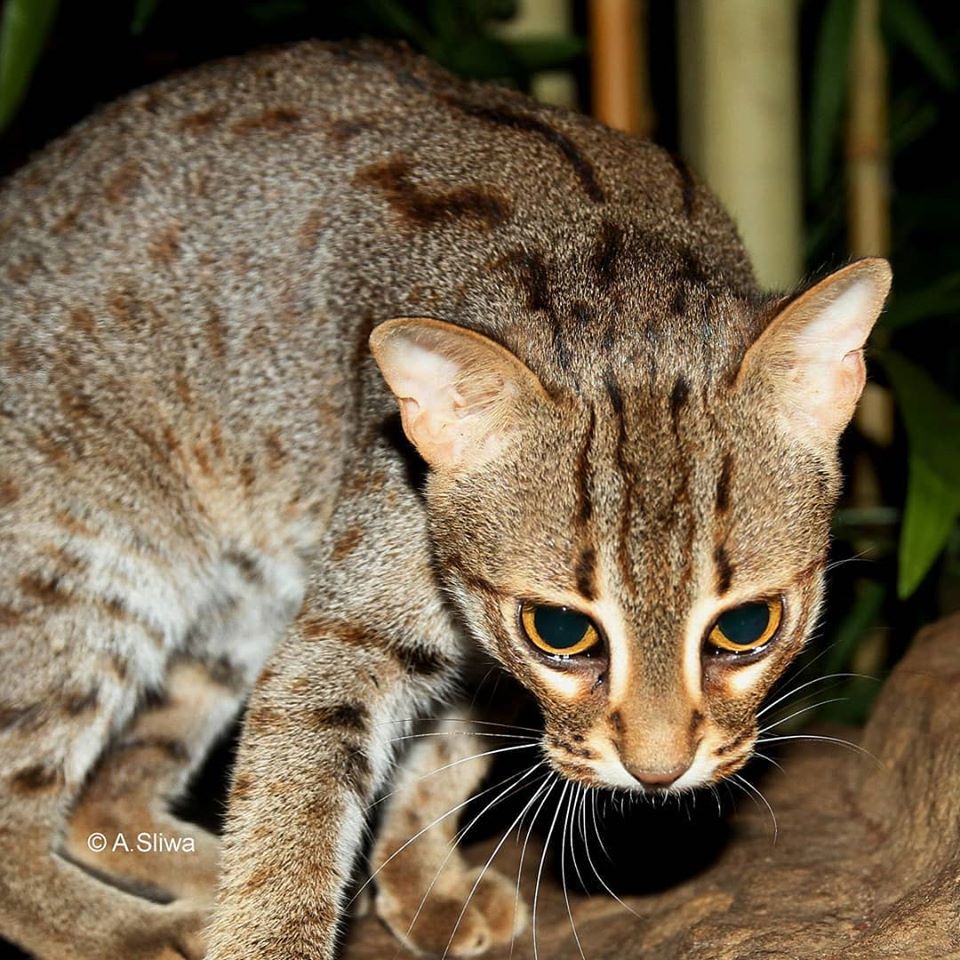Sand Cat Habitat Needs

Harrisoni the race from the Arabian peninsula.
Sand cat habitat needs. Two populations exist one that is hybridized and another derived from an Israeli population. Prey capture is facilitated by the sand cats highly sensitive ears which are large and triangular and capable of detecting noises from animals both above and below the surface of the sand. They are found in very arid habitats with little to no vegetation.
This animals sand colored coat is hard to see against dry bushes and sand and acts as protection for it. They inhabit dry plains and rocky valleys where surface temperatures can reach 124 degrees Fahrenheit during the daytime dropping to as low as 31 degrees Fahrenheit at night. The long hair covering the.
The habitat is sandy and rocky with short sparse vegetation and is also inhabited by other desert animals such as vipers and. If the local people are prepared to live in harmony with the sand cat it will force change from the bottom to the top the countries rulers. And in parts of central Asia.
Sand cats live exclusively in desert regions. Sand cats live in sandy and stony deserts such as Sahara Arabian desert and deserts in Pakistan and Iran. The sand cat also known as the sand dune cat is a small wild cat that inhabits sandy and stony deserts far from water sources.
Its head-and-body length ranges from 3952 cm with a 2331 cm long tail. Habitat of the sand cat. It prefers areas of sparse vegetation mixed with sandy and rocky areas which supports rodent and small bird prey.
When temps become too extreme the sand cat will retreat to cooler burrows. Sand cats prefer a very dry arid habitat with little vegetation for which they are well adapted. Prey provide the sand cat with the fluids they need to live in places where there is little water.



















